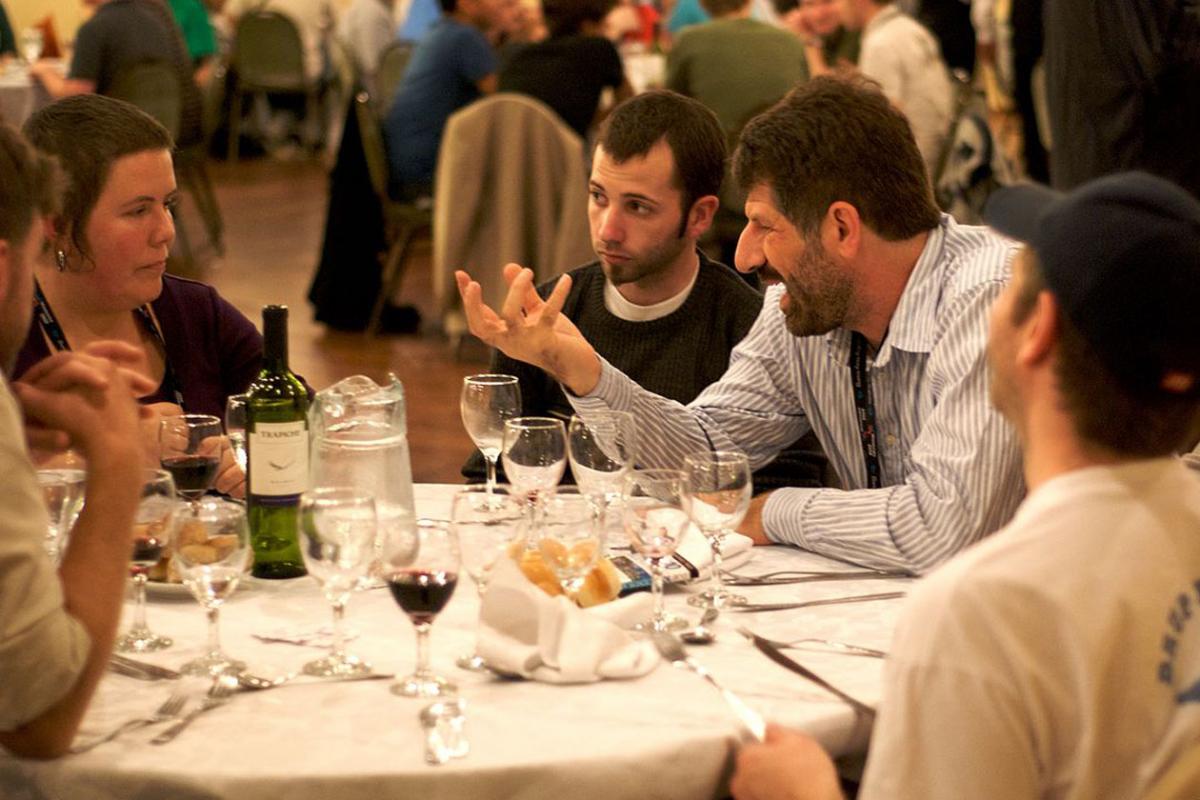Y: You look concerned, Don.
D: I am, a little Yaël. I just finished talking to my new Italian friend, and I’m not sure if we ended the conversation on a good note or a bad one. I know some Italian, but I think I missed the lesson on gestures.
Y: It’s pretty interesting how speakers of different languages gesture differently. It’s also interesting to think about the origin of that difference—do we learn gestures by watching others make them? Or do our patterns of gesture originate from language itself?
D: What do you think?
Y: According to one study, at least some patterns in gesture originate in language itself. A group of researchers devised a study in which they observed the gestures of both blind and sighted individuals of two different languages. They thought that if individuals who were blind gestured the same way that sighted individuals did, it would support the idea that people learn gesture as a function of learning a language itself, not by watching others perform the gestures. The researchers presented participants with dioramas of a figure completing an action in different stages, told participants to touch the figures to explore the scene, and then asked them to describe what was happening, using gestures as naturally as possible. As it turned out, the gestures the participants used to describe the scene differed according to the language they spoke—in this case, Turkish or English. Regardless of whether the participant were blind or sighted, Turkish speakers produced more separated gestures, while English speakers produced more conflated gestures that, for example, combined multiple elements of a sentence.
D: What’s the gesture for “wow”?
Y: Depends on the language, I guess.









